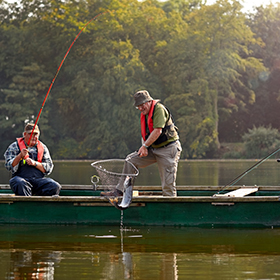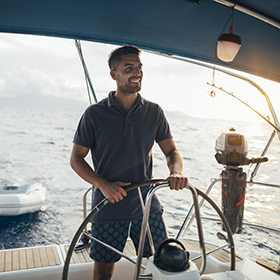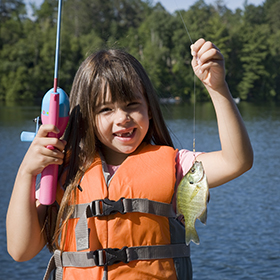Tips on how to transport fish home safely, for best tasting fillets. Easy guidelines on how to transport fish after catching, whether short or long distances
Now that you know how to fish, you may want to keep a few of your catches to take home for dinner. This means that it's the perfect time to learn how to transport fish that you plan to eat.
Knowing how fish should be transported will not only improve food safety, but will also improve the flavor of your fillets. Consider using these helpful tips between the time you bring your catch to the boat and the moment you place it on your plate.
Tips on How to Transport Fish After Catching
Assuming that you have a valid fishing license, and that your catch is within the regulations, decide to either keep or release the fish immediately after catching it. Remember, even if the regulations allow you to take additional fish, you should take only the number of fish that you can eat to avoid waste.
- Before you leave the dock, make sure you have all of the supplies you need to properly store and fillet your catches. These supplies include a cooler with an airtight seal, plenty of ice, a sharp fillet knife, plastic storage bags, plastic wrap, and access to a fillet table.
- If you decide to keep your catch, get the fish on ice immediately. Try to pack ice all around the fish in your cooler if possible. The sooner the fish is iced, the less stress it’ll go through and the better it will taste. Be aware that stress causes lactic acid to build-up in the muscle tissue that can negatively impact the flavor of the fish.
- Another tip you should remember about how to transport fish after catching is to check your cooler to make sure it's drained of all water that results from melting ice. Fish floating in water will affect both the texture and the flavor -- it can also accelerate spoiling.
- Once you get back to the dock (or to your kitchen) and are ready to fillet your catch, be sure to have a sharp, clean fillet knife available. You can learn how to fillet a fish the easy way by watching a video. Be sure to rinse your fillets in cold water to remove any excess fluids, bacteria, or digestive enzymes before packing them up to transport them.
- Once the fillets have been rinsed, you will want to keep them moist, but not wet. You can do this by wrapping the fillets in clear plastic wrap, inserting the wrapped fillets in an airtight storage bag, and then by placing them on ice inside of a cooler. If you want to know how to transport fish long distance, you can check into either dry ice or gel ice products that won't leak. When traveling by air, always check with the airlines to find out which type of refrigerant they will allow..
- The general rule thumb to follow with regard to refrigeration time is that, once caught, fresh fish should be cooked and consumed within two days..
- If you don't plan on eating the fish within the two-day period, it's best to place the fillets in freezer bags, remove excess air from the bags, and then cover the fillets with water in the freezer bags before placing into the freezer. By covering the fillets with water, this will help prevent freezer burn..
- Thaw all frozen fish in the refrigerator or under cold, running water and prepare immediately. If you decide to marinate your fillets before cooking, always marinate the fish in the refrigerator.


Now that you know how to transport fish from lake to home or from ocean to home, you can find some great recipes and try different preparation methods.









